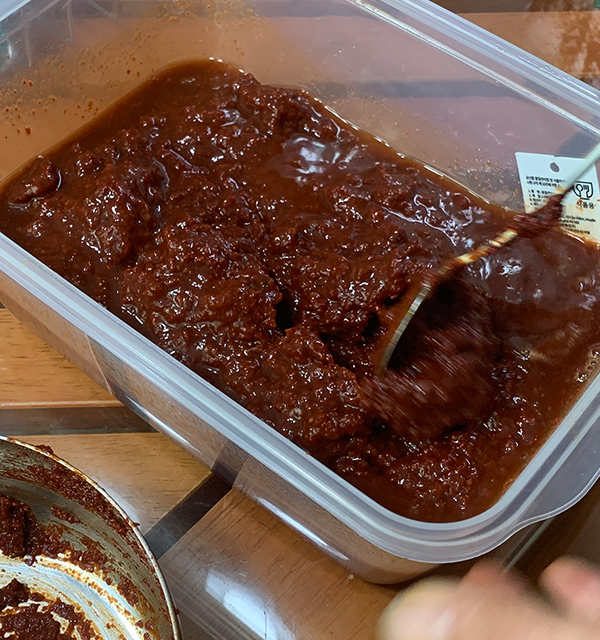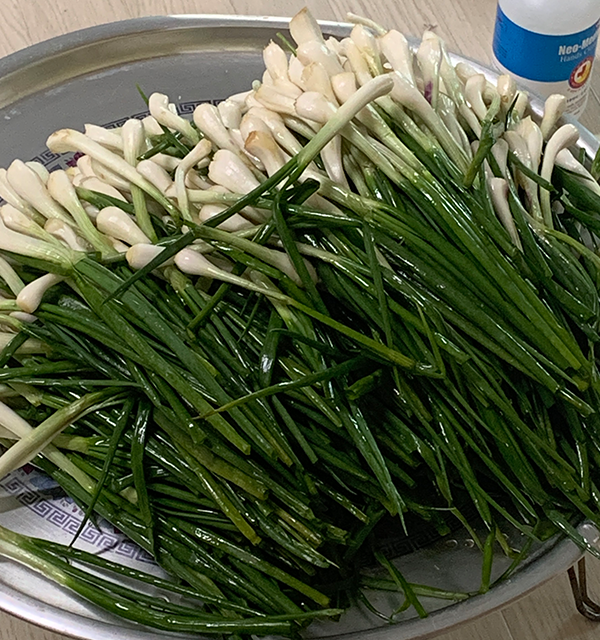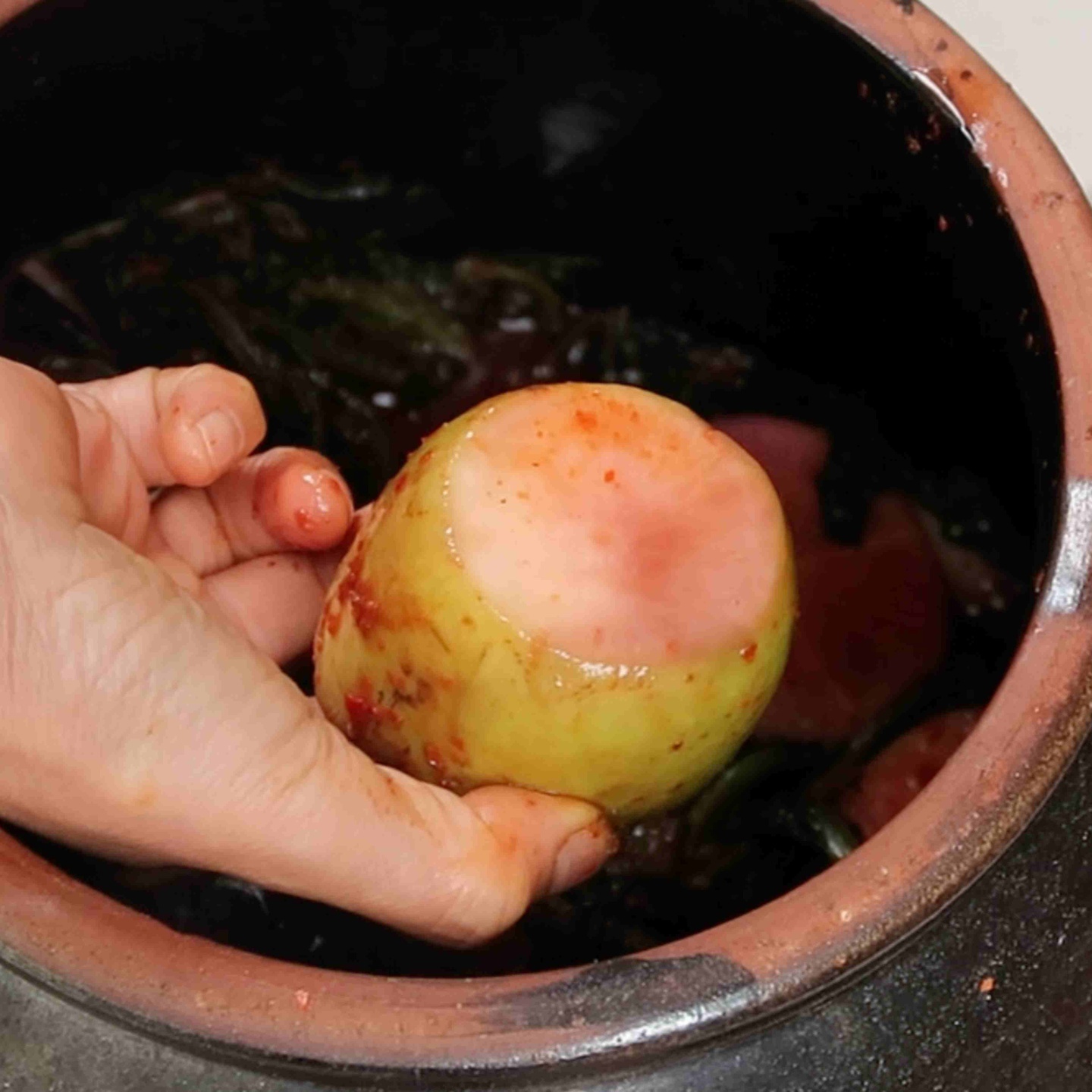The third way to differentiate kimchi is by fermentation. Kimchi can vary based on the amount it is fermented. Kimchi can vary from not fermented to very fermented. That is why I defined kimchi earlier as just a seasoned vegetable because kimchi is not always fermented.
Kimchi is an abstract category because all kinds of Kimchi are made differently. Some are brined with salt, some salt water, some require a rice flour paste and some are just seasoned with a spicy mixture of seasoning ingredients.
It is difficult to categorize Kimchi into one basic category. So instead, I will explain fermentation which many kinds but again not all kinds of Kimchi go through.
What is fermentation?
The purpose of fermentation is to prevent the food from rotting. Fermentation is done by exposing vegetables to lactic acid bacteria which then lowers the PH of the vegetables.
When you make fermented Kimchi, the goal is to have good bacteria that makes fermentation possible flourish. These good bacteria work to prevent the other “bad” bacteria that make food rot from growing. These good bacteria are what helps to keep the Kimchi safe to eat and also what over time gives it a sour flavor.
Levels of fermented kimchi
So here are some examples of how kimchi can vary. I will breakdown some categories of kimchi and how they are different from one another based on their level of fermentation.
Fresh kimchi (겉절이 / got-jjo-ri)
The first kind of kimchi I want to cover is fresh kimchi. The term “fresh kimchi” can refer to two different kinds of kimchi.
The first reference of fresh kimchi refers to when a type of kimchi has just been made but has not been fermented at all. It is the time when the vegetable has just had some sauce added to it.
For example, during Gimjang (김장) when kimchi has been freshly made before being placed in a fermentation container to ferment, this would be referred to as fresh kimchi. After making large batches of kimchi, this fresh kimchi would traditionally be eaten with some boiled pork.
So that is one reference of how the term “fresh kimchi” is used but the main most common reference to the term “fresh kimchi” refers to 겉절이. 겉절이 is a kind of kimchi which is prepared through a specific process. It is made with less salt and the vegetables used are massaged with some seasoning and then eaten like a salad side dish. This kimchi has a fresh crisp juicy flavor and texture. This fresh kimchi is not fermented at all.
Sour Kimchi (신김치 / sin-gim-chi)
The second kind of kimchi I want to cover is sour kimchi. Sour kimchi refers to regular fermented kimchi that has a stronger more acidic sour flavor. Kimchi is made “sour” when it is left out at room temperature to ferment at a higher temperature for about three days to boost bacteria growth which results in a very sour flavor.
So why would someone want to take regular already fermented kimchi and make it have a more intense sour flavor? Well, sour kimchi is very important to use when cooking. Sour kimchi gives soups and stir-fried dishes a deeper authentic flavor. It may be just the think your Kimchi-jjigae (김치찌개) is missing.
Aged Kimchi (묵은지김치)
Finally, I want to discuss aged kimchi. Aged kimchi is kimchi that is made with the intention of storing it for a long period of time. It is fermented at a low temperature, with little to no exposure to air. Aged kimchi can only be called “aged kimchi” if it has been fermenting for a minimum of 6 months.
When aged kimchi is made, it contains less fresh vegetables and salted seafood compared to other kimchi because as time goes by and as the kimchi ferments, those ingredients may dissolve. So, the main ingredient or vegetable used in aged kimchi is usually cabbage.
Aged kimchi has a sour pungent and unique flavor. It is used in soups, stir-fried, and braised dishes. It is usually cooked instead of eaten raw as a side dish because when it is cooked it develops a savory and delicious flavor. Although it is usually cooked, it can of course be eaten raw as a side dish if you prefer it that way.




